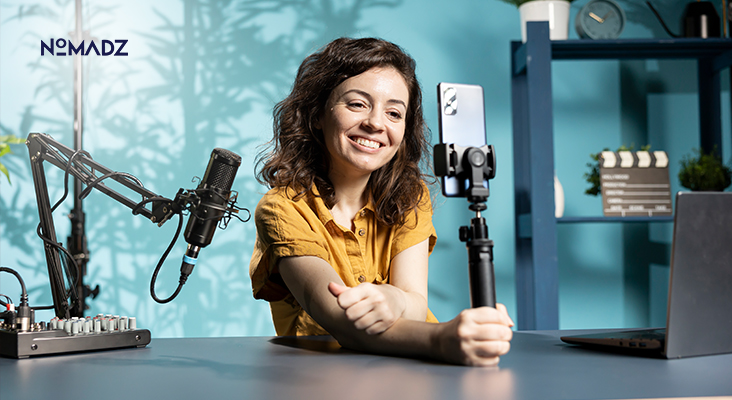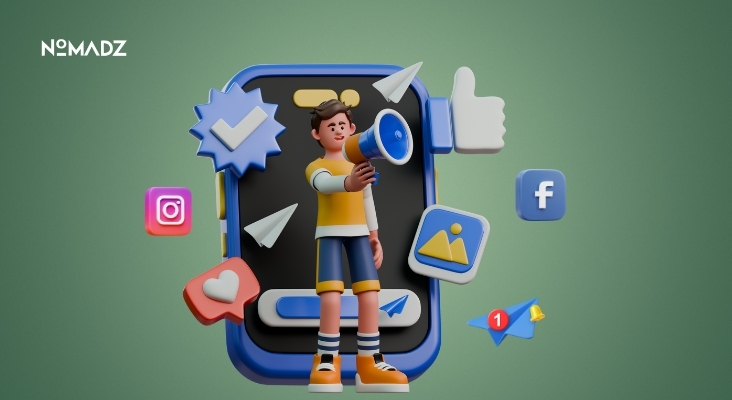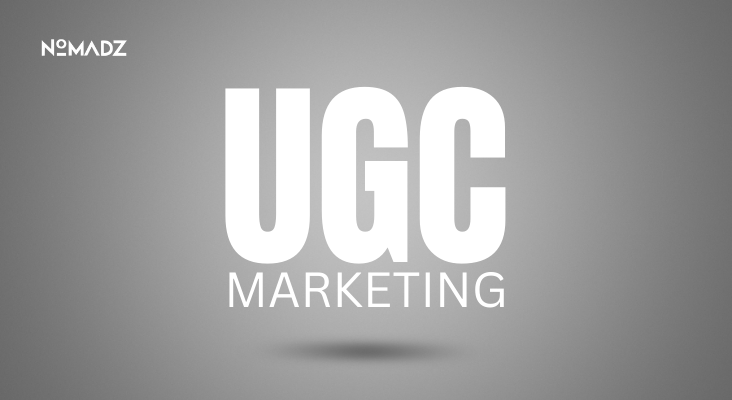Top Influencer Marketing Campaigns of 2025
2025 is turning out to be a pivotal year for influencer marketing campaigns. Brands are finally combining creativity, real data, and creator authenticity in smart ways. These efforts drive results, not just views. This blog highlights some of the best influencer marketing examples from this year.
It shows how the right strategy can build trust, drive sales, and scale reach across platforms. Whether you’re just starting or refining an existing influencer marketing strategy, these case studies are full of insights that go beyond hype.
Why Most Influencer Marketing Campaigns Fall Flat?
Audience wants authenticity, but many influencer ads still feel scripted, fake or out of touch. Brands often struggle with these common problems:
- Partnering with creators who don’t align with their message.
- Prioritizing reach over engagement.
- Using generic scripts that sound like ads, not real content.
- Failing to track metrics like CPA, CTR or ROI.
This disconnect is why so many influencer marketing campaigns in 2025 are shifting focus: instead of high-gloss promos, they’re favoring:
- real moments
- measurable outcomes and
- platform-specific content
Now imagine spending your budget on an influencer ad that delivers zero ROI. Meanwhile, a competing brand drops a casual TikTok that goes viral, leaving your campaign invisible. The difference? Strategy, not scale.
Influencer Marketing Campaign Case Study That Got It Right
These influencer marketing campaign examples from 2025 nailed authenticity, results and audience alignment. Here’s what made them work.
FitLift: “Real Sweat, Real Stories”
Strategy: Partnered with mid-tier fitness creators to document unscripted 30-day transformations using FitLife products. Content included video diaries, live check-ins and behind-the-scenes clips.
Results
- TikTok engagement rate: 7%
- 20% increase in product page conversions
- 4.6x return on ad spend (ROAS) from affiliate links.
This case showed how raw, unfiltered progress stories can outperform hyper-polished fitness ads.
GreenGlide: “Step Light” Eco Shoelaces
Strategy: Sent products to sustainability influencers who filmed beach cleanups while wearing the brand’s recycled laces. No hard selling, just mission-aligned content.
Results
- 2M combined views.
- 150% spike in searches for “eco shoelaces”.
- 35% increase in brand mentions on Google Trends.
One of the most effective influencer examples of how niche values can scale when aligned with the right creators.
BrewMaster Coffee: “Morning Ritual Reboot”
Strategy: Micro-influencers with 10K – 50K followers shared their personalized morning rituals using BrewMaster beans, highlighting unique brewing tips and calming routines.
Results
- 40% drop in cost per acquisition.
- 25% increase in subscription sign-ups.
- 3:1 ROI on affiliate campaigns.
A solid example of how influencer marketing doesn’t need celebrity power is that it needs relevance and relatability.
TechTime App: “30-Day Productivity Challenge”
Strategy: Productivity creators hosted a 30-day challenge using TechTime features. Each day had a task, with progress updates on Instagram Stories and YouTube Shorts.
Results
- 50% boost in app installs.
- 18% increase in 30-day user retention.
- 2.3x engagement across content types.
This is one of the best influencer marketing campaigns for long-term app adoption, not just one-time installs.
StyleShift: “Wardrobe Remix”
Strategy: Partnered with 3 nano-influencers to style an entire month using only StyleShift pieces. The creators posted weekly outfit breakdowns and ran Q&As about styling challenges.
Results
- 3M reel views.
- 42% bump in online orders.
- Email CTR jumped from 4% to 12%
A reminder that smaller audiences can deliver major results when the content feels tailored and interactive.
How to Rebuild a Winning Influencer Marketing Campaign?
It is important to have an impactful marketing campaign on a budget. To mirror these successful influencer marketing campaigns, follow this short checklist:
- Choose authentic creators: They should already use or love your product. Their connection to your brand should feel natural, not scripted, which makes their content more believable and engaging.
- Track actual performance: Monitor metrics like CPA, ROI, engagement rate, click-through rates and retention. Use this data to adjust your strategy mid-campaign when necessary.
- Mix Influencer Tiers: Use a blend of nano, micro and mid-tier creators to balance reach with credibility.
- Create Interactive Content: Try polls, AMAs, duets and live streams that encourage audience engagement. Interactivity increases dwell time and post saves, both of which boost algorithm visibility.
- Add a Strong Call-to-action: Guide users to click, install, subscribe or buy. Make sure the CTA is clear and tied to measurable goals like app installs or landing page traffic.
Why These Influencer Marketing Campaigns Worked?
Here’s what sets these 2025 influencer marketing campaigns apart from the typical one-post promos.
- Performance Tracking: Every campaign used real-time metrics, not vanity stats. Brands didn’t just set and forget; they optimized based on real-world data.
- Relatable Storytelling: Narratives like routines, challenges, and real-life transformations made the content feel personal, not promotional.
- Platform-fit Content: TikTok for quick trends and challenges, Instagram for visual storytelling, YouTube for long-form explanations. Cretors matched content style to each platform’s strengths.
- Value Alignment: Campaigns with a purpose, such as sustainability, wellness or productivity, ranked above all else. Consumers will more likely put their money behind brands reflecting their values and lifestyle choices.
Conclusion
In 2025, some of the best influencer marketing campaigns never made it to the front pages-they were thought implementations. These campaigns were built around the right story, authentic creator partnerships, and further delivering measurable outcomes.
Whether you’re launching a new product, growing an app, or rebranding entirely, the core lesson remains: combine authenticity with performance metrics. Learn from these examples and adapt what works for your industry. Develop influencer marketing strategies. These strategies should not only entertain but also convert and drive ROI across platforms.
FAQs
Q. What is meant by an influencer marketing campaign?
It is a partnership between brands and influencers to drive product promotion through natural, focused content across social media. The best campaigns feel real and offer something useful to the audience.
Q. What are the 3 R’s of influencer marketing?
The 3 R’s stand for Reach, Relevance and Resonance.
Q. What are the 6 types of influencers?
The following are the types:
- Nano: 1 K – 10 K followers
- Micro: 10 K – 50 K followers
- Mid-tier: 50 K – 500 K followers
- Macro: 500 K – 1 M
- Mega: 1M+
Celebrity: Well-known public figures
Q. How does influencer marketing differ from influencer advertisement?
Influencer marketing is a long-term strategy. Influencer advertisement is usually a single paid post with a clear goal, like getting clicks or sales.
Q. What is the role of influencer advertising?
Businesses can enhance brand exposure by working with individuals who have a following.









Leave feedback about this